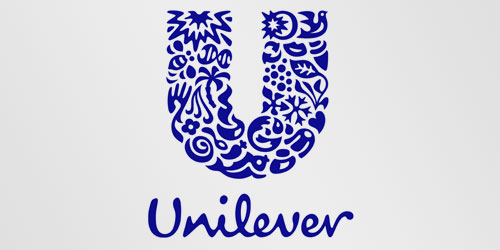

The Vim license is compatible with the GNU General Public License through a special clause allowing distribution of modified copies under the GNU GPL version 2.0 or later.
VIM MEANING SOFTWARE
Vim is released under the Vim license, which includes some charityware clauses that encourage users who enjoy the software to consider donating to children in Uganda. Terminal window support and terminal gdb plugin. Lua support, Python3 support, Blowfish encryption, persistent undo/redoĪsynchronous I/O support, jobs, lambdas, etc.

VIM MEANING CODE
Spell checking, code completion, tab pages (multiple viewports/window layouts), current line and column highlighting, undo branches, and moreīug fixes, new syntax and runtime files, etc.įloating point support in scripts, refactored screen drawing code, bug fixes, new syntax files, etc.

GTK2 and libgnome2 support, Arabic language support, :try command, minor features, bug fixesīug fixes, translation updates, mark improvementsīug fixes, updates to Perl, Python, and Ruby support Long line support, file browser, dialogs, popup menu, select mode, session files, user defined functions and commands, Tcl interface, etc.īasic file encryption, various improvements Syntax highlighting, basic scripting (user defined functions, commands, etc.) This is the first release using the name Vi IMproved. īram Moolenaar creates Vi IMitation for the Amiga, based on Stevie, never publicly releasedįirst public release for the Amiga on Fred Fish disk #591 Tony Andrews improves Stevie, and ports it to Unix and OS/2, releasing version 3.10 on Usenet. Tim Thompson releases Stevie (ST editor for VI enthusiasts), a limited vi clone for the Atari ST, posting the source on Usenet. Īt the time of its first release, the name "Vim" was an acronym for "Vi IMitation", but this changed to "'Vi IMproved" late in 1993. īasing his work on Stevie, Bram Moolenaar began working on Vim for the Amiga computer in 1988, with the first public release (Vim v1.14) in 1991. Vim's forerunner, Stevie (ST Editor for VI Enthusiasts), was created by Tim Thompson for the Atari ST in 1987 and further developed by Tony Andrews and G.R. In 2018, it was voted the most popular editor amongst Linux Journal readers in 2015 the Stack Overflow developer survey found it to be the third most popular text editor, and in 2019 the fifth most popular development environment. Since its release for the Amiga, cross-platform development has made it available on many other systems. Vim is designed for use both from a command-line interface and as a standalone application in a graphical user interface. Vim's author, Bram Moolenaar, derived Vim from a port of the Stevie editor for Amiga and released a version to the public in 1991. It is an improved clone of Bill Joy's vi.
VIM MEANING FREE
Vim ( / v ɪ m/ a contraction of Vi IMproved) is a free and open-source, screen-based text editor program. To gain ground (1620s) was originally military.Unix, Linux, Windows NT, MS-DOS, macOS, iOS, Android, Haiku, AmigaOS, MorphOS To gain on "advance nearer" is from 1719. Meaning "obtain by effort or striving" is from 1540s intransitive sense of "profit, make gain" is from 1570s. Cognates include Sanskrit padavi- "track, path, trail," veti- "follows, strives, leads, drives " Avestan vateiti "follows, hunts " Greek hiemai "move oneself forward, strive, desire " Lithuanian vyti "to chase, pursue " Old Norse veiðr "chase, hunting, fishing " Old English OE wað "a chase, hunt." This is from PIE root *weie- "to go after, strive after, pursue vigorously, desire," with noun derivatives indicating "force, power" (related to *wi-ro- "man " see virile). 1520s, "obtain as profit," from French gagner, from Old French gaaignier "to earn, gain trade capture, win," also "work in the fields, cultivate land," from Frankish *waidanjan "hunt, forage," also "graze, pasture," from Proto-Germanic *waithanjan "to hunt, plunder," from *waithjo- "pursuit, hunting" (source also of Old English waþ "hunting," German Weide "pasture, pasturage," Old Norse veiðr "hunting, fishing, catch of fish").


 0 kommentar(er)
0 kommentar(er)
